
This story originally appeared on Porch.
When an extreme winter storm tore through Texas earlier in 2021, the widespread power outages that followed put a microscope on how electricity is produced and generated. A state that prides itself on its critical role in the energy economy—both as a source of traditional fossil fuel energy sources like oil and a growing hotspot for renewables like wind and solar—had its electric grid completely crippled for days. Stories emerged of customers being billed thousands of dollars for using the state’s limited supply of electricity in the storm’s aftermath. The situation became a flashpoint for a longer-running debate in the state (and beyond) over whether renewables or fossil fuels were a more dependable source of energy.
Despite the renewed political back-and-forth over energy production in the wake of the Texas storm, the overall trends in the U.S. energy sector are undeniable: Renewables will be the fastest-growing contributor to electricity production in the U.S. in the decades to come. Government incentives and technological advancements in the renewable sector have lowered costs and improved reliability in recent years, and low costs will spur increased adoption of the newer technologies.
Data from the U.S. Energy Information Administration show that renewables currently represent around 21% of electricity generated in the U.S. By 2050, that figure is expected to double. Meanwhile, natural gas will decline slightly from 40% to 36% of electricity production over the same span. And the respective shares of electricity generated from nuclear and coal will be nearly cut in half.
Cost of electricity projected to decline
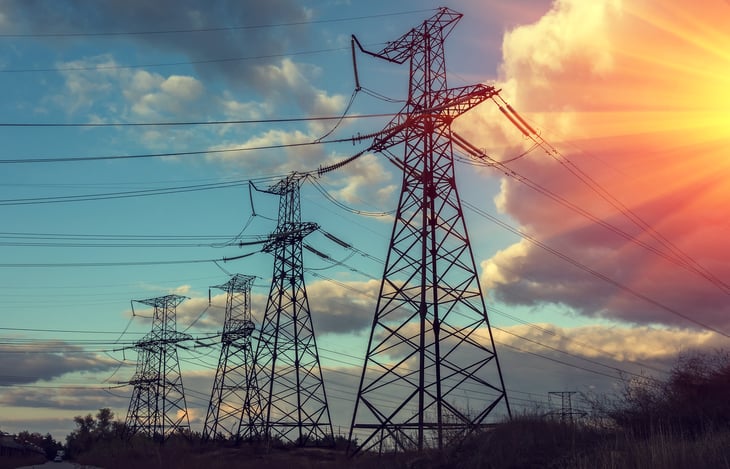
The increased use of renewable sources will also pass on savings to consumers. The cost of electricity is also projected to decline in the next three decades, albeit gradually. The 2021 cost of electricity per kilowatt-hour currently averages around 10.5 cents across all sectors; that number will drop to 9.6 cents by 2050. And this trend will not be limited to any one sector: Cost projections for electricity in the residential, commercial, industrial, and transportation sectors all show the same downward trend. Customers can expect to see a reduction in retail prices across the energy sector spectrum as the cost of electricity generation declines.
Some parts of the country could feel more of the benefit than others as costs decline. By one measure—average monthly residential electricity bill—most of those beneficiaries will be in the Southeast. The main factor driving costs in the Southeast is the greater use of electricity throughout the year compared with other regions. Warmer weather in the summer means high bills from air conditioning, and in the winter, Southeastern households are more likely to heat their homes with electricity than with other sources like natural gas or fuel oil. While these factors suggest that consumption levels will remain high, customers in the Southeast will benefit from electricity’s lower unit costs.
Another way to evaluate the different costs among states is to look at the average per kilowatt-hour cost of electricity across all sectors. On this measure, one of the key factors driving disparities among states is whether a state must import fuel or energy to supply its electricity. The most expensive states include the geographically remote Hawaii and Alaska, along with New England states that have largely retired old coal and nuclear facilities in recent years and rely on imported natural gas for electricity. In contrast, states where electricity prices across sectors are cheap tend to have nearby resources for electricity production, whether that be natural gas, coal, or a strong renewables sector.
The 10 states with the most expensive electricity

To find the states with the most and least expensive electricity, researchers at Porch used information from the U.S. Energy Information Administration and ranked states based on the average electricity price for all sectors in cents per kilowatt-hour (kWh). In the event of a tie, the state with the greater residential price for electricity was ranked higher.
Here are the states with the most and least expensive electricity, starting with those where residents have the most expensive electric rates.
1. Hawaii

- Average electricity price for all sectors: 28.72¢ per kWh
- Residential price: 32.06¢ per kWh
- Average monthly residential bill: $168.21
- Average monthly consumption: 525 kWh
2. Alaska

- Average electricity price for all sectors: 20.22¢ per kWh
- Residential price: 22.92¢ per kWh
- Average monthly residential bill: $127.29
- Average monthly consumption: 555 kWh
3. Connecticut

- Average electricity price for all sectors: 18.66¢ per kWh
- Residential price: 21.87¢ per kWh
- Average monthly residential bill: $150.71
- Average monthly consumption: 689 kWh
4. Rhode Island

- Average electricity price for all sectors: 18.49¢ per kWh
- Residential price: 21.73¢ per kWh
- Average monthly residential bill: $121.62
- Average monthly consumption: 560 kWh
5. Massachusetts

- Average electricity price for all sectors: 18.40¢ per kWh
- Residential price: 21.92¢ per kWh
- Average monthly residential bill: $125.89
- Average monthly consumption: 574 kWh
6. New Hampshire

- Average electricity price for all sectors: 17.15¢ per kWh
- Residential price: 20.05¢ per kWh
- Average monthly residential bill: $120.04
- Average monthly consumption: 599 kWh
7. California

- Average electricity price for all sectors: 16.89¢ per kWh
- Residential price: 19.15¢ per kWh
- Average monthly residential bill: $101.92
- Average monthly consumption: 532 kWh
8. Vermont

- Average electricity price for all sectors: 15.36¢ per kWh
- Residential price: 17.71¢ per kWh
- Average monthly residential bill: $97.18
- Average monthly consumption: 549 kWh
9. New York

- Average electricity price for all sectors: 14.34¢ per kWh
- Residential price: 17.94¢ per kWh
- Average monthly residential bill: $103.60
- Average monthly consumption: 577 kWh
10. Maine

- Average electricity price for all sectors: 14.04¢ per kWh
- Residential price: 17.89¢ per kWh
- Average monthly residential bill: $100.53
- Average monthly consumption: 562 kWh
The 10 states with the least expensive electricity

Meanwhile, residents in the following 10 states have the lowest electricity rates in the country.
1. Louisiana

- Average electricity price for all sectors: 7.71¢ per kWh
- Residential price: 9.80¢ per kWh
- Average monthly residential bill: $120.70
- Average monthly consumption: 1,232 kWh
2. Oklahoma
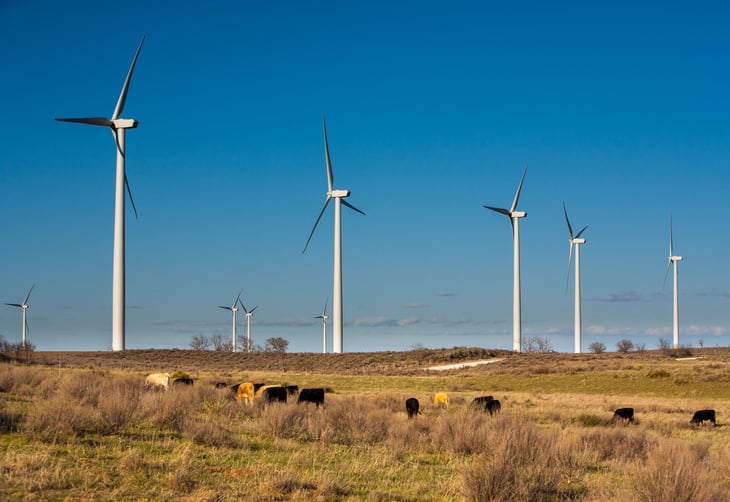
- Average electricity price for all sectors: 7.86¢ per kWh
- Residential price: 10.21¢ per kWh
- Average monthly residential bill: $113.93
- Average monthly consumption: 1,116 kWh
3. Idaho
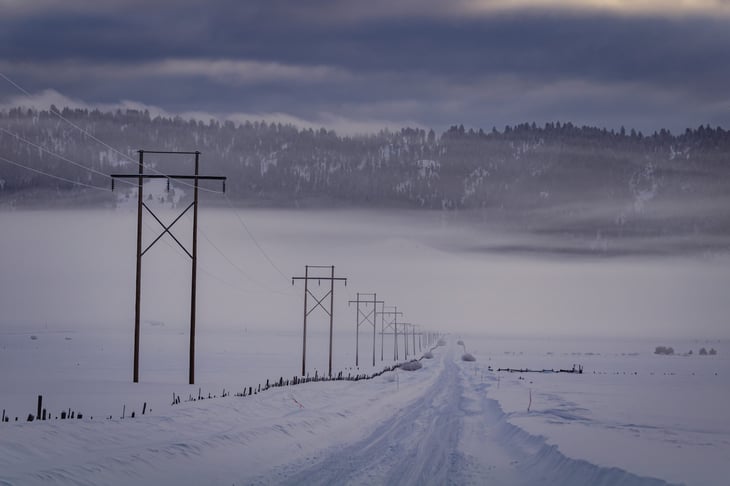
- Average electricity price for all sectors: 7.89¢ per kWh
- Residential price: 9.89¢ per kWh
- Average monthly residential bill: $93.83
- Average monthly consumption: 949 kWh
4. Washington
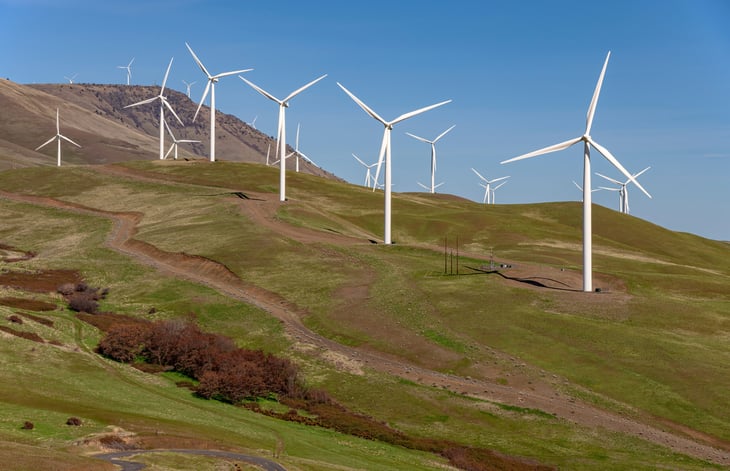
- Average electricity price for all sectors: 8.04¢ per kWh
- Residential price: 9.71¢ per kWh
- Average monthly residential bill: $94.49
- Average monthly consumption: 973 kWh
5. Wyoming

- Average electricity price for all sectors: 8.10¢ per kWh
- Residential price: 11.18¢ per kWh
- Average monthly residential bill: $96.53
- Average monthly consumption: 864 kWh
6. Arkansas

- Average electricity price for all sectors: 8.22¢ per kWh
- Residential price: 9.80¢ per kWh
- Average monthly residential bill: $109.46
- Average monthly consumption: 1,118 kWh
7. Utah
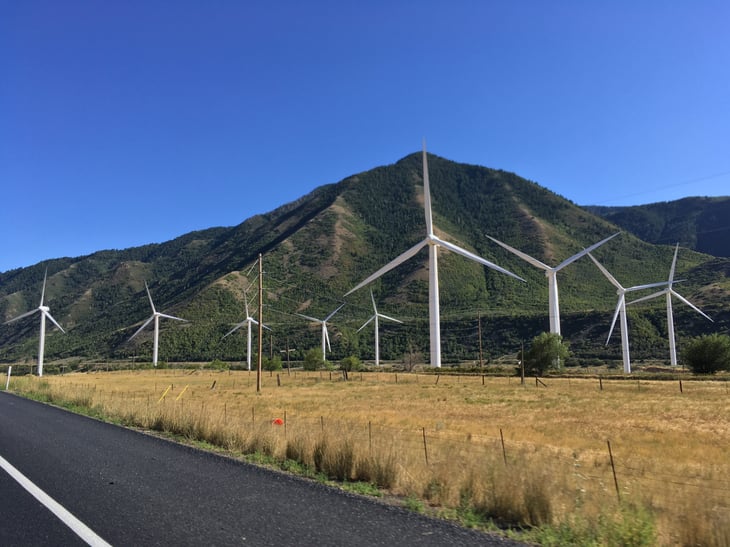
- Average electricity price for all sectors: 8.24¢ per kWh
- Residential price: 10.40¢ per kWh
- Average monthly residential bill: $75.63
- Average monthly consumption: 727 kWh
8. West Virginia

- Average electricity price for all sectors: 8.49¢ per kWh
- Residential price: 11.25¢ per kWh
- Average monthly residential bill: $121.90
- Average monthly consumption: 1,084 kWh
9. Texas
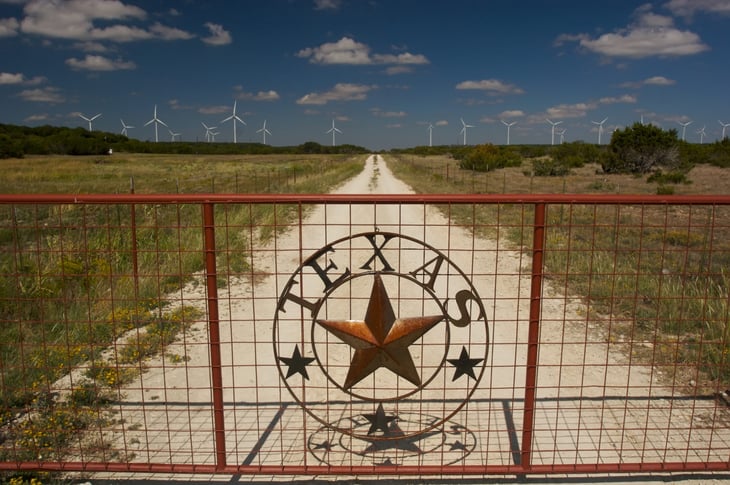
- Average electricity price for all sectors: 8.60¢ per kWh
- Residential price: 11.76¢ per kWh
- Average monthly residential bill: $134.07
- Average monthly consumption: 1,140 kWh
10. Kentucky

- Average electricity price for all sectors: 8.61¢ per kWh
- Residential price: 10.80¢ per kWh
- Average monthly residential bill: $120.08
- Average monthly consumption: 1,112 kWh
Detailed Findings & Methodology
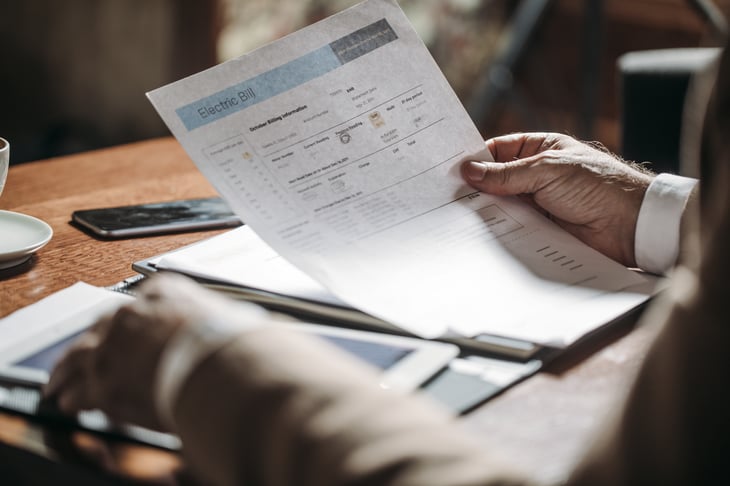
The data used in this analysis is from the U.S. Energy Information Administration’s Electric Power Annual Report. To determine the states with the most expensive electricity, researchers ranked states based on the average electricity price for all sectors in cents per kilowatt-hour. In the event of a tie, the state with the greater residential price for electricity was ranked higher.







Add a Comment
Our Policy: We welcome relevant and respectful comments in order to foster healthy and informative discussions. All other comments may be removed. Comments with links are automatically held for moderation.